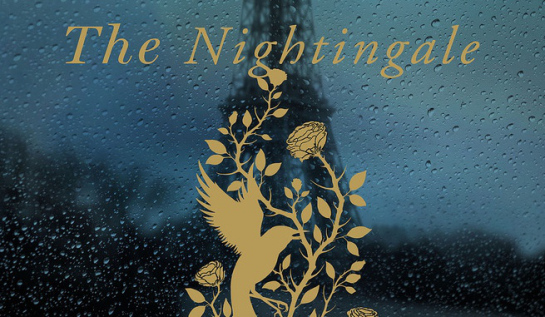Spoiler free!

Prior to The Lost Symbol, the only book I’d read by Dan Brown was The Da Vinci Code. I was aware of the controversy surrounding the plot and I even had people suggest that I not read it – I went to a Catholic school so I could understand why those trying to deter me did so. But curiosity got the better of me and I like a good story, so the inevitable happened. I ended up really enjoying The Da Vinci Code, I don’t think I’d ever read a book that merged so much fact and fiction, based it in reality and made me think beyond my imagination. The Lost Symbol offered something similar so naturally I was very interested.
Before I get into my review let me give a brief summary: The story follows Harvard symbologist Robert Langdon is summoned unexpectedly to deliver an evening lecture in the U.S. Capitol Building by his mentor Peter Solomon – a prominent Mason and philanthropist. Within minutes of his arrival, the night takes a bizarre turn – his mentor has been brutally kidnapped and Langdon is forced into a deadly race through a real-world labyrinth of codes, secrets, freemasonry and unseen truths… all under the watchful eye of Brown’s most terrifying villain to date.
Now… Where. To. Begin… Firstly, this book is not for the faint-hearted, it’s one that requires a more than average amount of time and attention. There is a lot of information thrown at you, some which is useful in furthering the plot, some that you may be familiar with if you took a history or a religious studies class and some that requires you to have Google search open by your side. With that being said, one of my favourite things about this novel is the way Brown combines historical facts with fiction. Because he includes real organisations, artwork, monuments and most importantly real places he writes in a way where there is just the right amount of plausibility that the reader begins to question where the fact begins and the fiction ends.
“Language can be very adept at hiding the truth”.Despite the unusual circumstances, the characters are both well written and realistic. The mystery itself was solid and I remained engaged for most of the book. Again, Brown is incredibly good at using historical facts to move the plot forward, however, he tends to incorporate them to serve as cliff-hangers (and there are many) – which despite their momentary intrigue do not always payoff as the game changers we are led to believe that they are.
One of my biggest criticisms is the length of the book – it easily could have been around 150 pages shorter. For me, its lengthy feel is due to Brown’s inclusion of so many POV characters. For example: Brown will write one POV chapter about a character finding out about a plot point and then write another chapter about another character also finding out about the same plot point but under slightly different circumstances – he does this multiple times throughout, and at times with several characters which makes the story feel repetitive.
I have long since stood by the saying – “A story is only as good as its villain” – In this case the antagonist has a lot more of a presence than I’m used to, which for me made the character, though impressive in his execution, even more unlikable. Is he intriguing? Yes. But is he compelling throughout? No. – This was pretty much how I felt about the book overall.
Don’t get me wrong, The Lost Symbol is fascinating and interesting and thought-provoking and i’ve definitely learned things from this book, that I otherwise would have never looked up on my own (not to mention the plot twist which I did not see coming) but this unfortunately doesn’t supersede some of the issues I had with the book.
If you’re interested in semiotics, noetic science, linguistics or US history, then The Lost Symbol will definitely be a treat. If not, make sure you have Google or whichever search engine you prefer to use by your side!






